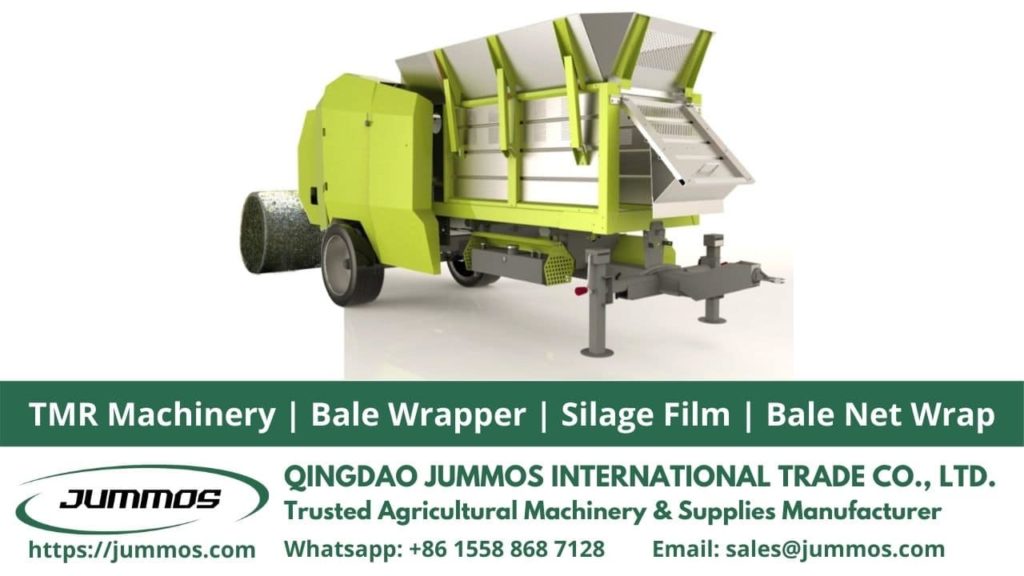When embarking on a livestock business, there are three essential factors you must prepare thoroughly: the choice of animal breeds, maintenance management, and feed management. Among these, the need for adequate feed is paramount; a sufficient supply of feed will guarantee increased population growth, production, and overall livestock productivity. In fact, approximately seventy percent of livestock production costs are attributed to animal feed, making it a critical component in the growth and health of your animals. The remaining thirty percent relies on management practices, animal health, and other supportive factors.
Historically, farmers and breeders have relied on traditional methods to provide their livestock with feed, supplemented by green fodder. However, as times change, the availability of quality animal feed can become limited. Therefore, it is crucial to implement strategies to ensure a consistent supply of feed throughout the year.
Contents
A Short Review: Classifications of Livestock Feed
Feeding livestock is not a task to be taken lightly; it requires a balanced approach, combining skills and knowledge. Farmers must stay updated on best practices to optimize breeding costs while maximizing output. If you’re planning to build your farm business, understanding the classifications of feed is essential.
Livestock feed is primarily divided into two categories: forages and concentrates. Both types play a vital role in animal growth. Although concentrates are higher in protein content, the need for forages remains critical due to their high fiber content, which is essential for proper digestion. Fiber is primarily derived from grass fodder, which cannot be replaced by concentrates. However, both forage and concentrate provide essential vitamins.
In a broader context, feed can be classified into additional categories:
- Roughages: This category includes coarse materials that are commonly consumed by ruminants. Examples include grasses, which are widely available, and legumes, which come in two varieties. Roughages may be limited by seasonal growth, primarily flourishing during the rainy season. Long-term storage methods, such as creating hay or silage, can help preserve these feeds.
- Energy Feeds or Concentrates: While this type of feed offers high carbohydrate levels, it has a lower protein content and is often more expensive than other nutritional sources.
- Protein Concentrates: As the name suggests, these concentrates are rich in protein, meeting the high protein needs of livestock.
- Supplements: This category includes mineral and vitamin supplements, as well as other additive feeds. Livestock typically require only small quantities of these supplements to enhance their overall nutritional intake.
Characteristics of Good Livestock Feed for Ruminants
While it’s relatively easy to source concentrates for ruminant growth, utilizing natural sources is strongly recommended. Breeders must strive to provide high-quality feed whenever possible. Here are key characteristics of good livestock feed:
- Direct Feeding Method: Offering feed directly to livestock, particularly roughage, is the most effective approach.
- Long-term Storage: For long-term feed storage, roughages should be preserved in the form of hay or silage, ensuring standardized production practices.
- Vitamin and Mineral Supplements: Incorporating vitamin and mineral supplements into the livestock’s diet is beneficial, but farmers should be cautious about the dosage. Consult with experts to determine the recommended amounts.
Conclusion
In summary, livestock feed plays a crucial role in the success of any breeding operation. Effective feed production requires a good combination of high-quality raw materials and the right equipment. Quality feed ingredients alone are insufficient without the appropriate technology to process them.
If you’re looking to produce high-quality feed, explore the horticultural machinery offered by Jummos. Detailed information and testimonials are available to guide your decision-making. If you’re visiting this site, you’ve already received a recommendation. Simply reach out to us now through the contact button—we’re here to assist you in finding trusted, reliable technology to enhance your productivity. Are you ready to take the next step?

